Home>diy>Building & Construction>How Does A Construction Loan Work When You Own The Land


Building & Construction
How Does A Construction Loan Work When You Own The Land
Modified: October 21, 2024
Explore how construction loans work when you already own the land and are planning to build. Gain insights into financing options for your building construction project.
(Many of the links in this article redirect to a specific reviewed product. Your purchase of these products through affiliate links helps to generate commission for Storables.com, at no extra cost. Learn more)
Introduction
When it comes to building your dream home, one of the primary considerations is financing. A construction loan is a specific type of loan that provides funding for new home construction or major renovations. However, the process becomes slightly different when you already own the land on which you plan to build. Understanding how construction loans work in this scenario is crucial to ensure a smooth and successful construction process.
In this article, we will take a closer look at the intricacies of construction loans when you already own the land. We will explore the role of land ownership, the application process, loan approval, disbursement procedures, managing the loan during construction, repayment options, and key considerations to keep in mind.
So, if you’re ready to dive into the world of construction loans and land ownership, let’s get started!
Key Takeaways:
- Owning the land for your construction project can provide advantages such as increased control, potential cost savings, and improved loan terms. However, it also comes with additional responsibilities and considerations that need to be addressed before applying for a construction loan.
- Effective management, regular communication with the lender, and careful planning are crucial for a successful construction loan experience when owning the land. Thoroughly evaluating project feasibility, researching lenders, and adhering to building codes and regulations are key considerations for a seamless construction process.
Read more: How To Get A Loan For Land And Construction
Understanding Construction Loans
Before delving into the specifics of construction loans when you own the land, it’s important to have a solid understanding of what construction loans are and how they work.
A construction loan is a short-term loan that provides funding for the construction of a new home or significant renovations to an existing property. Unlike traditional mortgage loans that are based on the current value of the property, construction loans are based on the estimated value of the finished project.
Construction loans are typically disbursed in a series of payments, or “draws,” as the construction progresses. The loan funds are used to cover the costs associated with the construction, such as labor, materials, permits, and fees.
During the construction phase, borrowers typically only pay interest on the funds that have been disbursed, rather than the full loan balance. This is known as the “interest-only” period, and it helps to alleviate the financial burden while the home is being built.
Once the construction is complete, the loan can either be converted into a traditional mortgage or paid off entirely. This conversion or repayment is known as the “end loan” or the “take-out loan.”
Construction loans are considered riskier for lenders compared to standard mortgage loans. Since the collateral (the unfinished property) does not yet exist, there is a higher chance of complications or delays during the construction process. To mitigate this risk, lenders typically have stricter qualification criteria and require a more detailed project plan.
Now that we have a basic understanding of construction loans, let’s explore how the process changes when you already own the land you plan to build on.
The Role of Land Ownership
When it comes to construction loans, land ownership plays a crucial role in the overall process. Owning the land on which you plan to build provides certain advantages and considerations when applying for a construction loan.
First and foremost, owning the land gives you more control and flexibility over the construction project. You have the freedom to choose the exact location, size, and layout of your new home. Additionally, you may already have utilities and infrastructure in place, which can save you time and money during the construction phase.
Land ownership also affects the loan-to-value (LTV) ratio, which is a significant factor in determining the loan amount and terms. LTV ratio is the ratio of the loan amount to the appraised value of the property. When you own the land, the appraised value includes the value of the land and the estimated value of the completed project. This can potentially increase the LTV ratio, allowing you to borrow a larger amount.
Furthermore, owning the land demonstrates your commitment and investment in the project. Lenders often view borrowers who own the land as less risky because they have already made a significant financial commitment to the construction process. This may improve your chances of loan approval and potentially result in more favorable loan terms.
However, it’s important to note that land ownership also comes with certain responsibilities and potential challenges. You’ll need to ensure that the land is free of any liens, encumbrances, or legal issues that could hinder the construction process. Additionally, zoning and building regulations may differ based on the location and type of land, so it’s essential to research and understand any restrictions or requirements.
In summary, owning the land on which you plan to build offers various advantages, including increased control, potential cost savings, and potentially improved loan terms. It also comes with additional responsibilities and considerations that need to be addressed before applying for a construction loan.
Next, let’s explore how construction loans work when you already own the land.
How Construction Loans Work with Land Ownership
When you already own the land, the process of obtaining a construction loan is slightly different compared to when you don’t own the land. Here’s an overview of how construction loans work with land ownership:
1. Land Value: The value of the land you own will be taken into account when determining the loan amount and terms. The appraised value of the land, along with the estimated value of the completed project, will be used to calculate the loan-to-value (LTV) ratio.
2. Construction Plan: You will need to provide a comprehensive construction plan, including architectural designs, blueprints, and a detailed scope of work. This plan will help lenders evaluate the feasibility of the project and estimate the total cost of construction.
3. Loan Application: You will need to submit a loan application to the lender, providing information about your financial situation, credit history, and the details of the construction project. The lender will review your application and assess your eligibility for the construction loan.
4. Loan Approval: If your application is approved, the lender will then determine the loan amount, interest rate, and other terms and conditions. The loan approval process may take some time, as the lender will need to evaluate the project’s feasibility and the associated risks.
5. Loan Disbursement: Once the loan is approved, the funds will be disbursed in a series of payments, also known as “draws,” at key milestones of the construction process. These draws are typically made based on inspections that certify the completion of specific construction stages. The funds are used to cover the cost of materials, labor, permits, and other project-related expenses.
6. Construction Period: During the construction phase, you will be responsible for managing the project, including hiring contractors, overseeing construction, and ensuring compliance with building codes and regulations. Regular inspections will be conducted to verify the progress of the construction and approve the release of funds for the next draw.
7. Interest-Only Period: During the construction period, you will typically only have to make interest payments on the funds that have been disbursed. This reduces the financial burden while the home is being built. Once the construction is complete, the loan will transition to the permanent financing phase, where you will start making principal and interest payments on the remaining loan balance.
8. End Loan: Once the construction is finished, the construction loan can either be converted into a traditional mortgage or paid off entirely. This conversion or repayment is known as the “end loan” or the “take-out loan.” The terms and conditions of the end loan will depend on several factors, including the lender’s policies, prevailing interest rates, and your financial situation at the time of conversion.
Overall, the process of obtaining a construction loan when you own the land involves providing detailed project plans, going through the loan approval process, managing the construction period, and transitioning to an end loan. It is important to work closely with your lender and other professionals involved in the construction process to ensure a smooth and successful project.
Next, let’s explore the application process for a construction loan on owned land.
Applying for a Construction Loan on Owned Land
When you own the land on which you plan to build, the application process for a construction loan may vary slightly compared to traditional construction loans. Here’s a step-by-step guide on how to apply for a construction loan on owned land:
1. Research Lenders: Start by researching and identifying lenders who offer construction loans. Look for lenders who have experience and expertise in providing loans for owner-occupied construction projects. Consider factors such as interest rates, loan terms, fees, and customer reviews when evaluating potential lenders.
2. Gather Documentation: Prepare all the necessary documents and information you will need to apply for the construction loan. This typically includes personal financial statements, tax returns, construction plans, cost estimates, permits, and land ownership documents.
3. Estimate the Project Cost: Work with architects, contractors, and other professionals to estimate the total cost of the construction project. This will help you determine the loan amount to request and provide lenders with a clear understanding of the scope of the project.
4. Prepare a Loan Application: Fill out the loan application provided by the lender. Provide accurate and detailed information about your financial situation, including income, assets, liabilities, and credit history. Include information about the land you own and the construction plans.
5. Submit the Application: Once your loan application is complete, submit it along with all the required documentation to the lender. Be prepared for additional follow-up questions or requests for further information during the review process.
6. Loan Review and Approval: The lender will review your application, project plans, and documentation. They will evaluate your ability to repay the loan based on your financial information. They may also conduct a valuation of the land and review the construction plans to assess the feasibility and market value of the project.
7. Loan Terms and Conditions: If your loan application is approved, the lender will provide you with a loan offer that includes the loan amount, interest rate, repayment terms, and any other conditions. Review the terms carefully and ensure they align with your financial goals and construction timeline.
8. Loan Closing: Once you accept the loan offer, you will proceed with the loan closing process. This involves signing the necessary loan documents and paying any applicable fees. The lender will provide you with the disbursement schedule and instructions on how to access the funds during the construction phase.
9. Commence Construction: With the construction loan in place, you can begin the construction process. Work closely with your contractors, architects, and other professionals to ensure the project stays within the proposed budget and timeline outlined in your construction plans.
Remember to communicate regularly with your lender throughout the construction process, providing updates on the project’s progress and adhering to any requirements for fund disbursement. This will help ensure a smooth and streamlined construction loan experience.
Next, we will explore the loan approval and disbursement process for construction loans on owned land.
When you own the land and want to build on it, a construction loan can help finance the building process. This type of loan typically has a short-term duration and is used to cover the costs of construction. It’s important to have a solid plan and budget in place before applying for a construction loan.
Read more: When Do You Close On A Construction Loan
Loan Approval and Disbursement Process
Once you have submitted your construction loan application and provided all the necessary documentation, the lender will begin the process of reviewing your application and making a decision on loan approval. Here’s an overview of the loan approval and disbursement process for construction loans on owned land:
1. Review and Evaluation: The lender will carefully review your application, construction plans, and supporting documents. They will assess your financial situation, creditworthiness, and the feasibility of the construction project. This may involve conducting an appraisal of the land and evaluating the estimated value of the completed project.
2. Loan Approval: If the lender determines that you meet their eligibility criteria and the project is viable, they will approve the loan. They will specify the loan amount, interest rate, and other terms and conditions in the loan approval offer. You will need to review and accept these terms to proceed.
3. Loan Closing: Once you accept the loan offer, you will proceed with the loan closing process. This involves signing the necessary loan documents, including the promissory note and the construction loan agreement. You may also need to pay any applicable fees at this time.
4. Construction Draw Schedule: The lender will provide you with a construction draw schedule, which outlines when and how the funds will be disbursed. The draw schedule is typically based on specific milestones in the construction process, such as completion of foundation, framing, electrical, plumbing, and finishing stages.
5. Inspections and Fund Disbursement: As the construction progresses and reaches each milestone, the lender will conduct inspections to verify the completion of the specified stage. Once the inspection is approved, you can request a draw from the lender. The lender will review the draw request, and if it aligns with the agreed-upon construction plans, they will disburse the funds to you.
6. Management of Loan Funds: It is crucial to manage the loan funds responsibly and use them for construction-related expenses only. Keep accurate records of the funds spent and ensure that they align with the construction plans and budget. The lender may request periodic reports or documentation to track the progress of the construction and the appropriate use of the loan funds.
7. Interest Payments: During the construction phase, you will typically only have to make interest payments on the funds that have been disbursed. The lender will calculate the interest based on the amount of the loan that has been utilized. These interest payments will help to manage the financial burden while the home is being built.
8. Transition to End Loan: Once the construction is complete, the loan will transition to the permanent financing phase. At this point, you may choose to convert the construction loan into a traditional mortgage or pay off the remaining loan balance. The terms and conditions of the end loan will be discussed and finalized with your lender.
Remember to maintain open communication with your lender throughout the construction process. Provide regular updates on the progress of the construction, meet any requirements for inspections or documentation, and adhere to the agreed-upon draw schedule. This will help ensure a smooth and efficient loan approval and disbursement process.
Next, let’s discuss how to manage the construction loan during the building process.
Managing the Construction Loan during Building
Managing the construction loan during the building process is essential to ensure that funds are used appropriately and that the project stays on track. Here are some key considerations for effectively managing the construction loan:
1. Regular Communication: Maintain open and frequent communication with your lender throughout the construction process. Provide updates on the progress of the construction, any changes to the project plans, and any unforeseen circumstances that may impact the timeline or budget.
2. Budget Oversight: Keep a close eye on the project budget and monitor expenses to ensure they align with the approved construction plans. Regularly update and review the budget with your contractors and adjust as necessary to avoid any unexpected cost overruns.
3. Adhere to the Draw Schedule: Follow the agreed-upon draw schedule provided by the lender. This ensures that funds are disbursed at the appropriate stages of the construction process and that you have sufficient funds available for each phase of the project.
4. Document Expenses: Maintain thorough documentation of all construction-related expenses, including invoices, receipts, and contracts. This will help you keep track of spending and provide supporting evidence to the lender if needed.
5. Regular Inspections: Coordinate and schedule necessary inspections with the lender as outlined in the draw schedule. Inspections are essential to verify the completion of specific construction milestones before funds can be disbursed for the next stage.
6. Change Orders: If there are any changes or deviations from the original construction plans, communicate them to the lender as soon as possible. Obtain proper approvals for any change orders and ensure they align with the loan agreement and the lender’s guidelines.
7. Keep Reserves: It’s important to have contingency reserves set aside for unexpected costs or delays during the construction process. This will help to ensure that you have sufficient funds available to address any unforeseen circumstances without causing financial strain.
8. Maintain Quality and Compliance: Ensure that the construction work meets all applicable building codes, permits, and regulations. Regularly inspect the progress of the construction and address any quality issues promptly to avoid potential setbacks or complications down the line.
9. Seek Professional Advice: If you encounter challenges or have questions during the construction process, don’t hesitate to seek guidance from professionals such as project managers, architects, or contractors. Their expertise and insights can help navigate any issues and keep the project on track.
By effectively managing the construction loan and closely monitoring the progress of the project, you can ensure that the funds are used efficiently and the construction process remains on schedule and within budget. Regular communication with your lender and proper documentation will help maintain a transparent and successful construction loan experience.
Next, let’s explore the repayment options for construction loans.
Repayment Options for Construction Loans
Once the construction is complete, it’s time to transition from the construction loan to a permanent form of financing. Here are some common repayment options for construction loans:
1. Conversion to a Traditional Mortgage: One option is to convert the construction loan into a traditional mortgage loan. This involves refinancing the loan and establishing a long-term mortgage repayment plan with fixed monthly payments. The terms and interest rates of the mortgage loan will depend on your financial qualifications and prevailing market conditions at the time of conversion.
2. Payoff the Remaining Loan Balance: Another option is to pay off the remaining loan balance in full after the construction is complete. This can be done using your own funds, savings, or other sources of financing. Paying off the loan balance eliminates the need for a long-term mortgage and allows you to own your property free and clear.
3. Combination of Conversion and Payoff: You may also choose a combination of converting a portion of the construction loan into a traditional mortgage while paying off the remaining balance. This option allows you to decrease the loan amount and potentially secure more favorable mortgage terms.
4. Interest-Only Payments during Construction Period: Throughout the construction phase, you will generally only be required to make interest payments on the portion of the loan that has been disbursed. These interest-only payments help manage the financial burden during the construction process. However, once the construction is complete, you will transition to principal and interest payments on the remaining loan balance.
5. Amortization Schedule: When converting the construction loan to a permanent mortgage, you will receive an amortization schedule that outlines the repayment schedule over the loan term. The amortization schedule allows you to see the breakdown of principal and interest payments and understand how the loan balance will gradually decrease over time.
6. Payment Options: Typically, monthly payments are made for traditional mortgage loans. However, you may have the option to choose accelerated payment schedules, such as bi-weekly or semi-monthly payments, which can help you save on interest costs and pay off the loan sooner.
7. Early Repayment: Depending on the terms of your loan agreement, you may have the option to make early repayments on your mortgage without incurring any penalties. Early repayment can help you save on interest costs and potentially pay off the loan earlier than the scheduled term.
It’s crucial to review the repayment options and discuss them with your lender to understand the specifics and choose the best repayment strategy for your financial situation. Consider factors such as interest rates, payment amounts, loan terms, and your long-term financial goals when making your decision.
Remember to make your mortgage payments on time and in full to maintain a good credit history and avoid any penalties or negative impacts on your credit rating.
Next, let’s explore some key considerations to keep in mind when dealing with construction loans and land ownership.
Key Considerations for Construction Loans when Owning Land
When it comes to construction loans and land ownership, there are several key considerations to keep in mind. These factors can greatly impact the success and outcome of your construction project. Here are some important considerations:
1. Project Feasibility: Before applying for a construction loan, thoroughly evaluate the feasibility of your construction project. Consider factors such as the location, market demand, construction costs, and potential challenges. Conduct a comprehensive analysis to ensure that the project aligns with your goals and is financially viable.
2. Research Lenders and Loan Programs: Take the time to research different lenders and their construction loan programs. Compare interest rates, terms, fees, and eligibility criteria to find the best fit for your specific needs. Consider working with a lender experienced in construction loans and knowledgeable about lending on owned land.
3. Budgeting and Cost Management: Develop a detailed budget that accounts for all the costs associated with the construction project, including materials, labor, permits, fees, and contingencies. Regularly monitor expenses and make necessary adjustments to ensure that your project stays within the proposed budget.
4. Timeline and Construction Schedule: Create a realistic timeline and construction schedule that outlines each stage of the project in detail. Consider factors such as weather conditions, permit approvals, and the availability of contractors and suppliers. It’s important to plan for potential delays and to work closely with your contractors to keep the project on track.
5. Building Codes and Regulations: Understand and comply with building codes, zoning regulations, and other legal requirements specific to your location. Ensure that your construction plans adhere to all applicable standards and obtain the necessary permits and approvals before commencing the construction process.
6. Communication and Collaboration: Establish clear lines of communication with your lender, contractors, architects, and other professionals involved in the project. Regularly communicate updates, address concerns, and maintain open collaboration to ensure everyone is aligned with the project’s goals and requirements.
7. Insurance Coverage: Obtain appropriate insurance coverage for the construction project. This may include builder’s risk insurance to protect against damage or theft during construction, liability insurance to cover any accidents on the construction site, and homeowner’s insurance once the project is complete.
8. Contingency Plans: Prepare contingency plans to address unexpected events that may arise during the construction process. This includes having reserve funds available to cover unforeseen costs, alternative construction methods or materials, and strategies to mitigate potential risks or delays.
9. Future Considerations: Keep in mind the long-term implications of your construction project. Consider factors such as the potential resale value of the property, the neighborhood’s growth prospects, and the impact on your overall financial goals. This will help ensure that your construction project aligns with your future plans.
By carefully considering these factors and incorporating them into your construction plans, you can increase the likelihood of a successful and rewarding construction project. Remember to consult with professionals, seek advice when needed, and stay informed throughout the construction process.
Finally, let’s wrap up our discussion on construction loans and land ownership.
Conclusion
Building your dream home is an exciting endeavor, and understanding how construction loans work when you own the land is crucial to ensure a smooth and successful construction process. By owning the land, you have more control and flexibility over the project, potentially improved loan terms, and the opportunity to showcase your commitment to the project.
Throughout this article, we explored the intricacies of construction loans with land ownership, starting with understanding construction loans in general and then delving into the role of land ownership in the process. We discussed the application process, loan approval, and the disbursement process, as well as the importance of effective management during the construction phase.
We also explored various repayment options for construction loans once the construction is complete, such as converting to a traditional mortgage or paying off the remaining loan balance. It’s crucial to weigh these options carefully and choose the repayment strategy that aligns with your financial goals and circumstances.
Finally, we highlighted several key considerations to keep in mind when dealing with construction loans and land ownership. Whether it’s assessing project feasibility, researching lenders and loan programs, managing the budget and construction schedule, or complying with building codes and regulations, these considerations play a vital role in the success of your construction project.
Remember, communication, collaboration, and careful planning are essential components of navigating the construction loan process on owned land. Working closely with your lender, contractors, and other professionals involved in the project will help ensure a seamless and rewarding experience.
Now that you have a deeper understanding of construction loans when you own the land, it’s time to embark on your construction journey with confidence. Enjoy the process of building your dream home and turning your visions into reality!
Frequently Asked Questions about How Does A Construction Loan Work When You Own The Land
Was this page helpful?
At Storables.com, we guarantee accurate and reliable information. Our content, validated by Expert Board Contributors, is crafted following stringent Editorial Policies. We're committed to providing you with well-researched, expert-backed insights for all your informational needs.


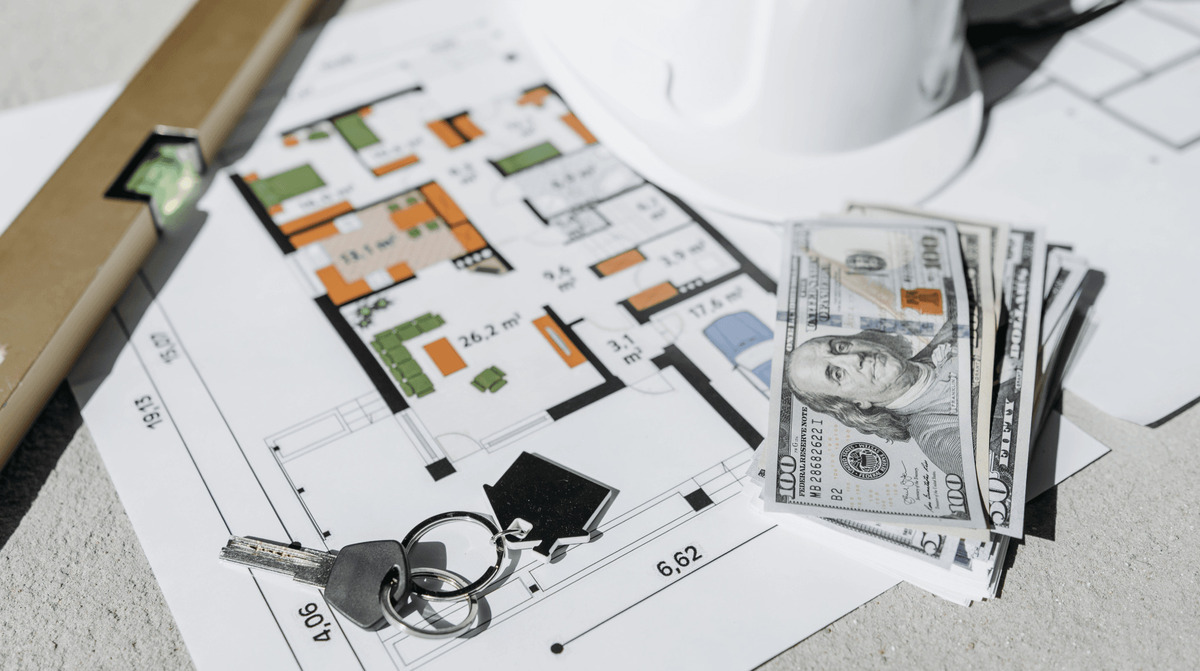
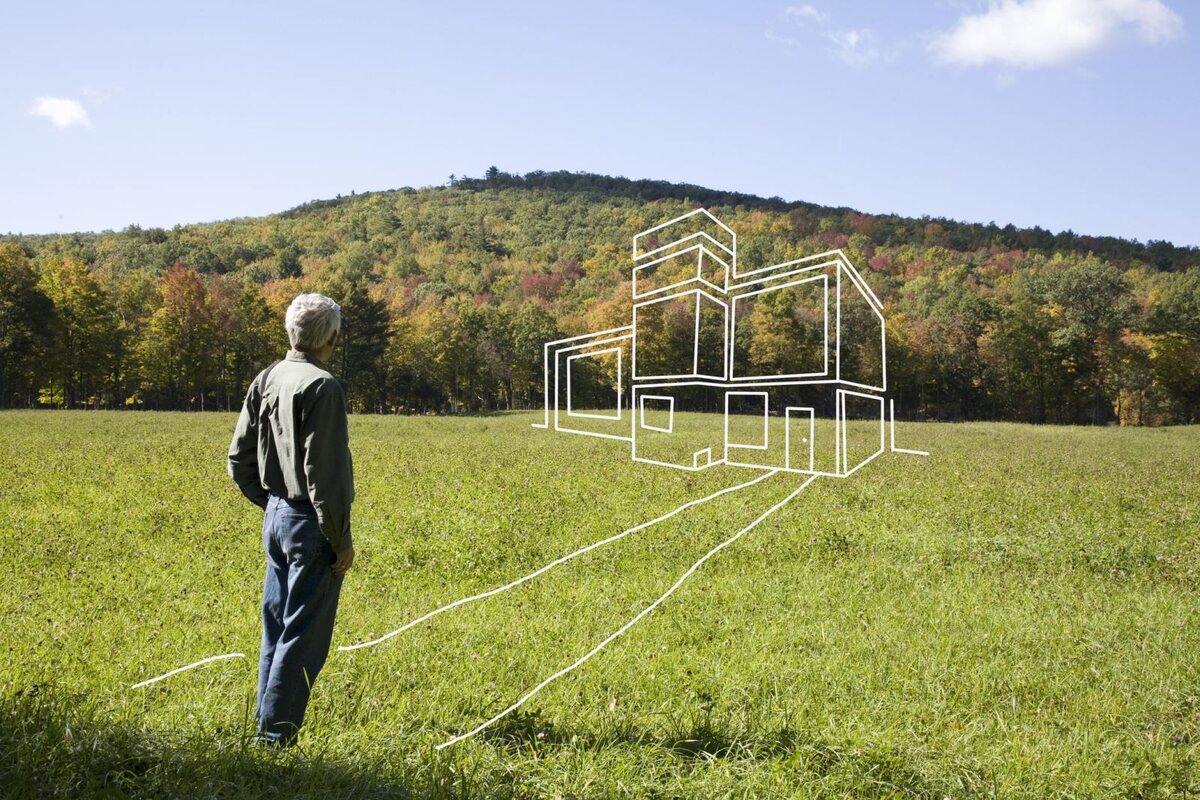

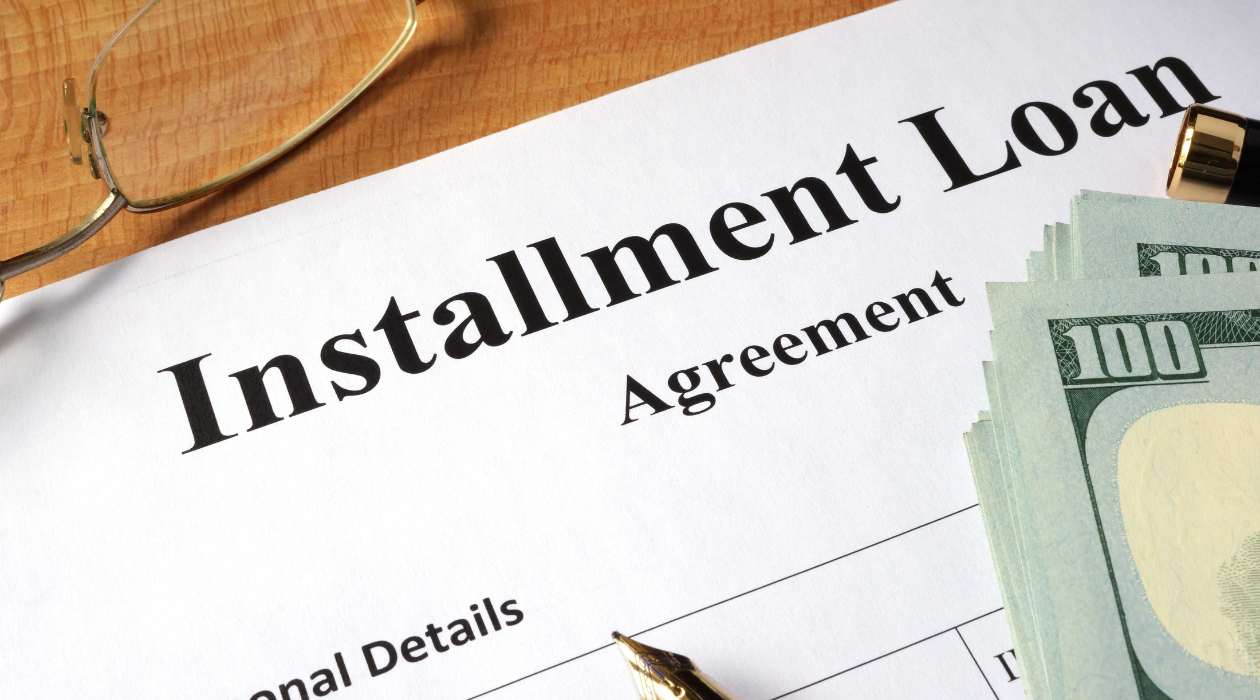
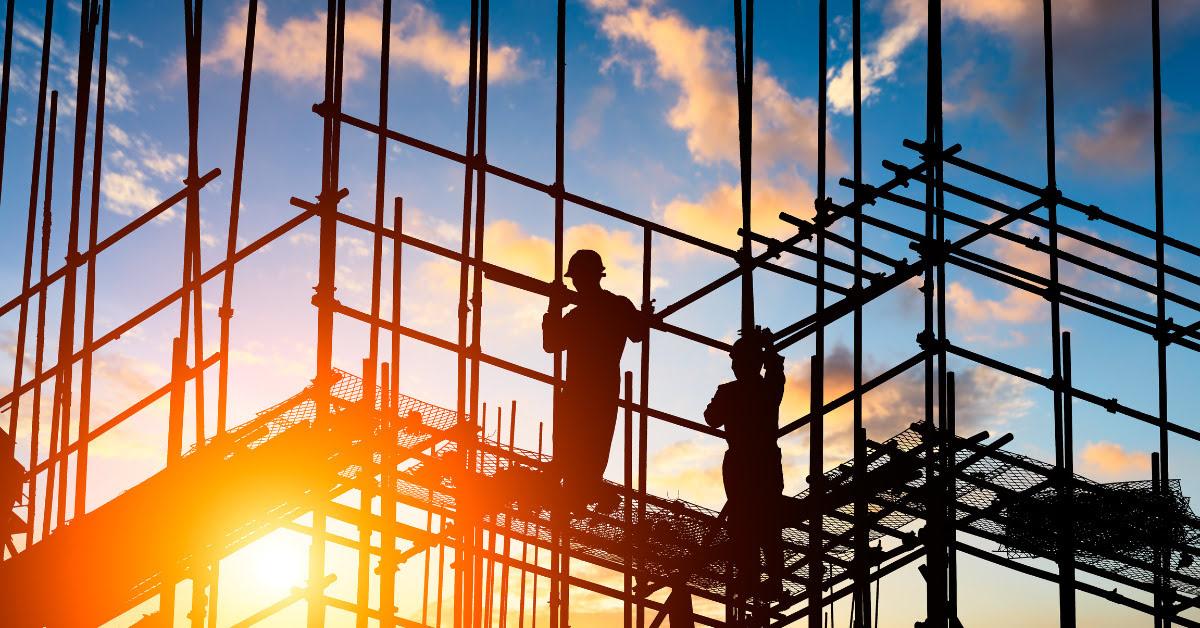
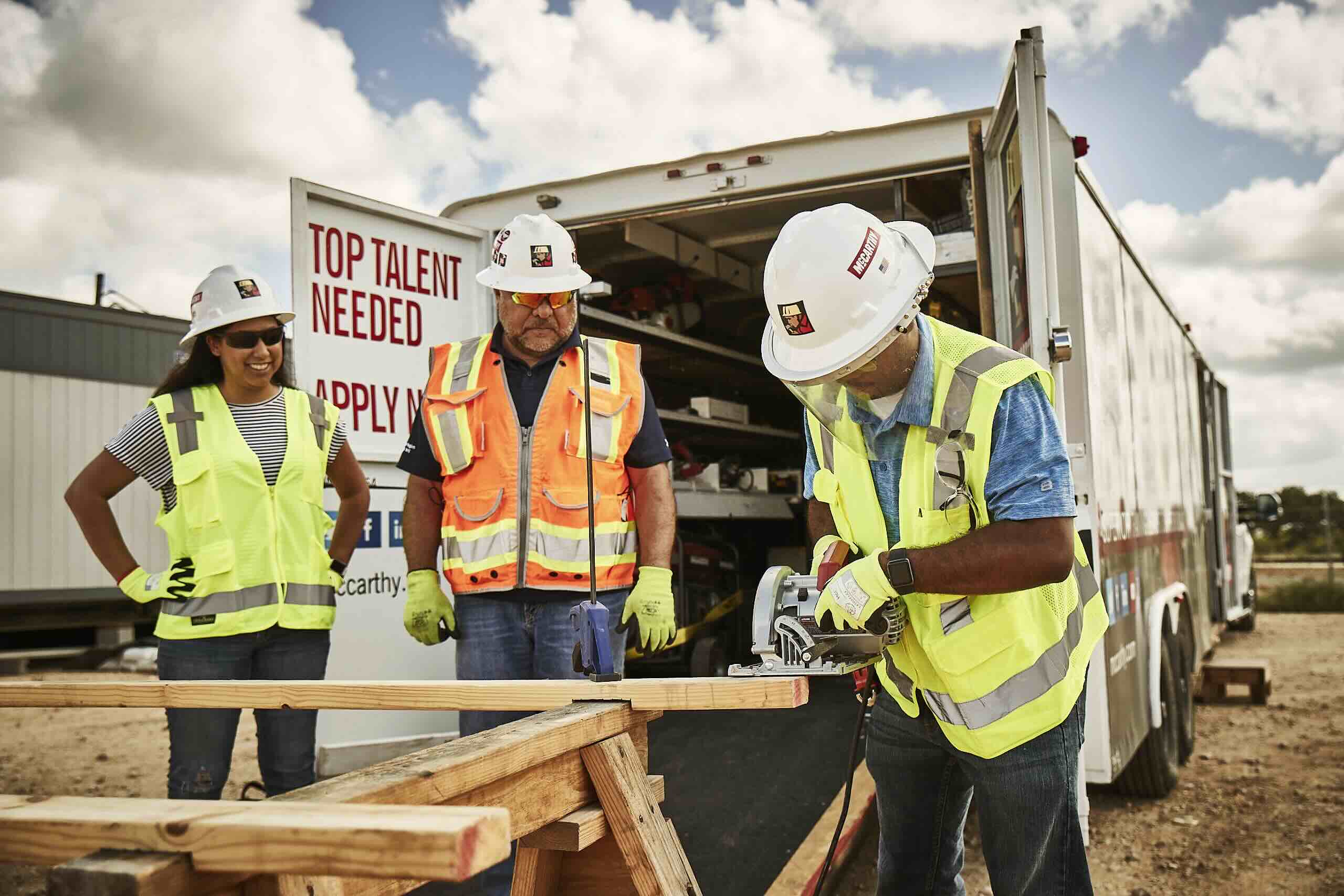
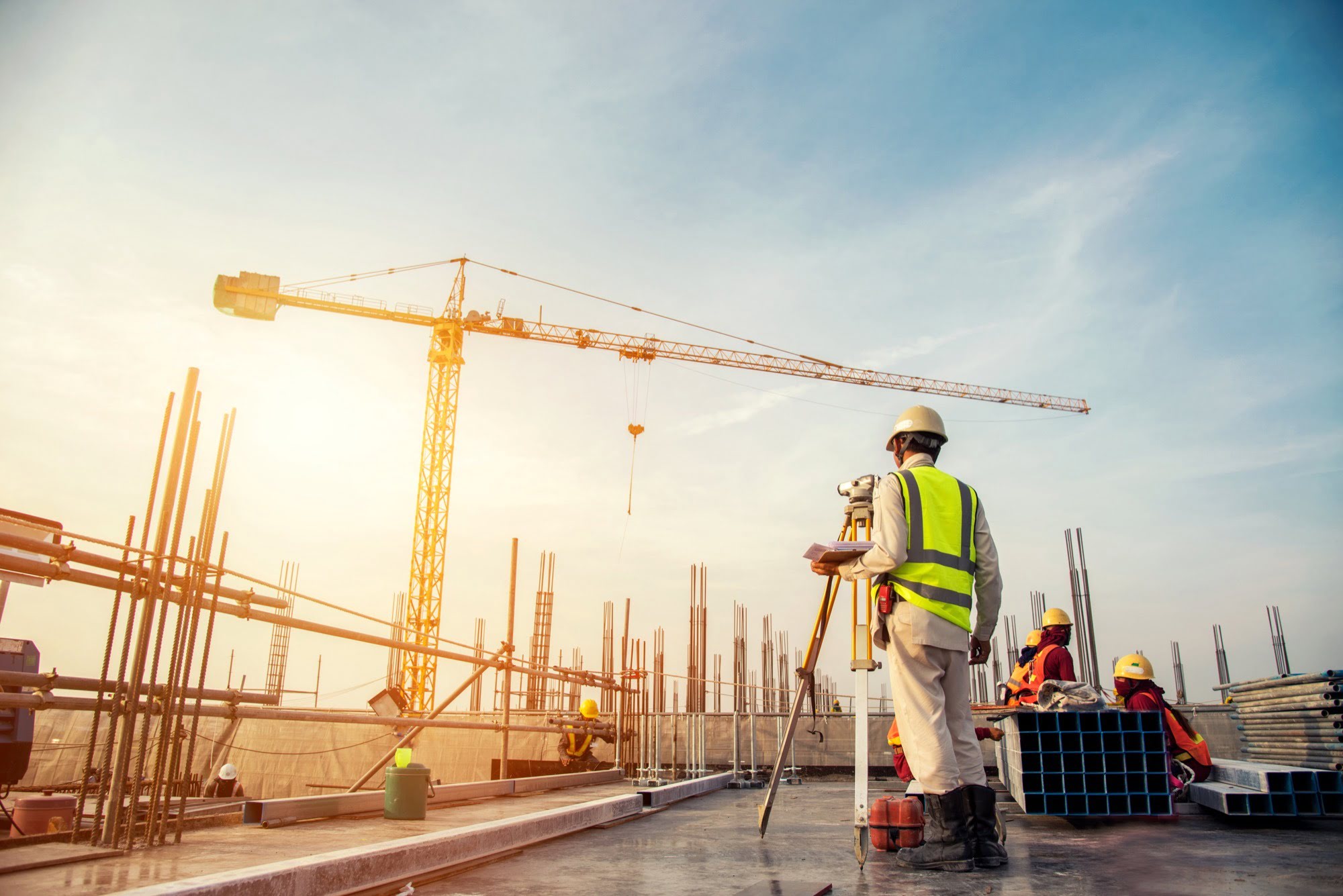

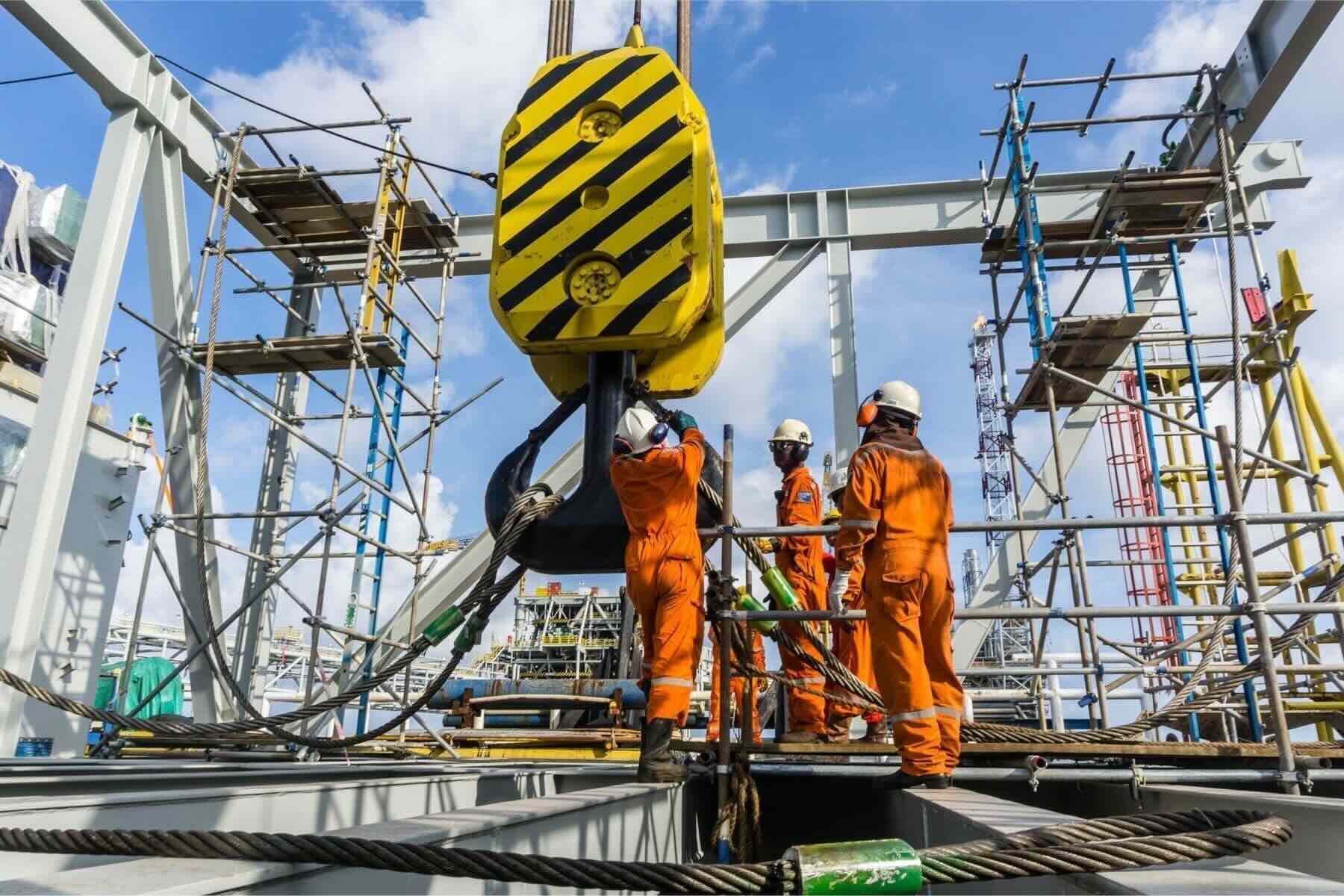



0 thoughts on “How Does A Construction Loan Work When You Own The Land”